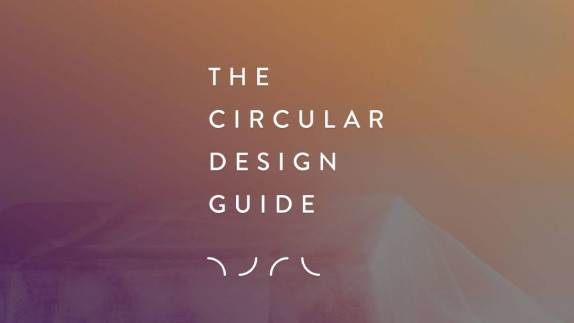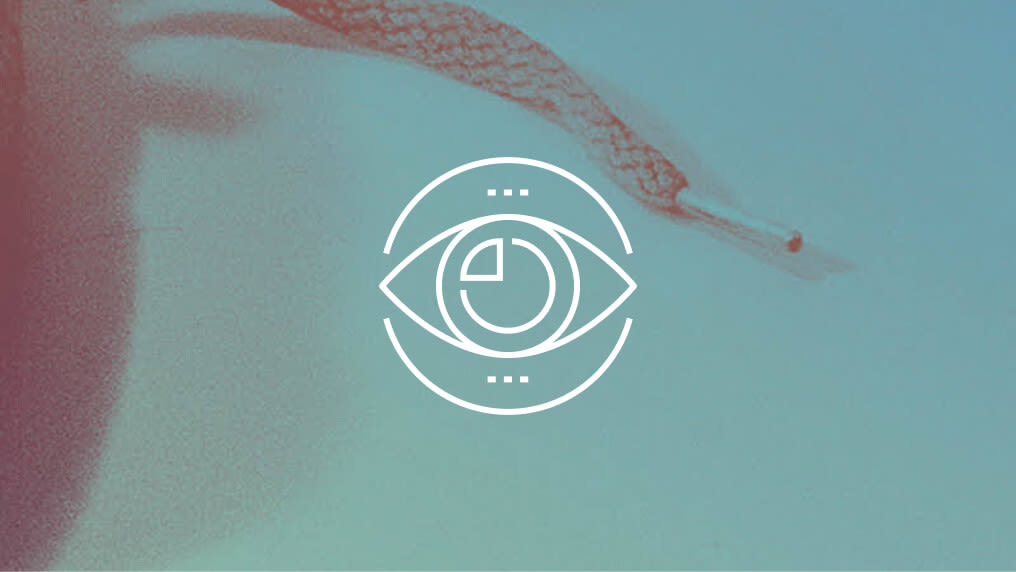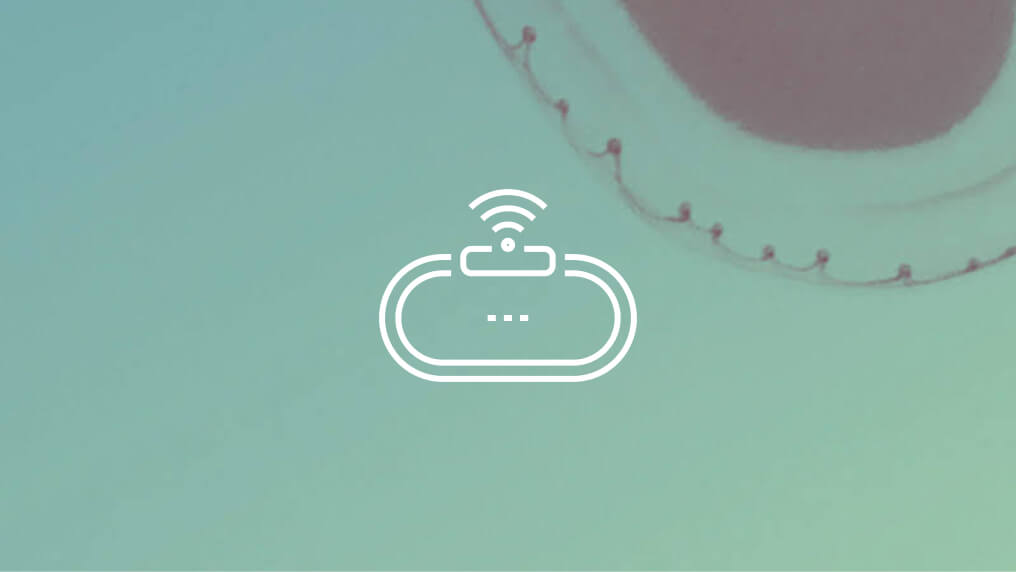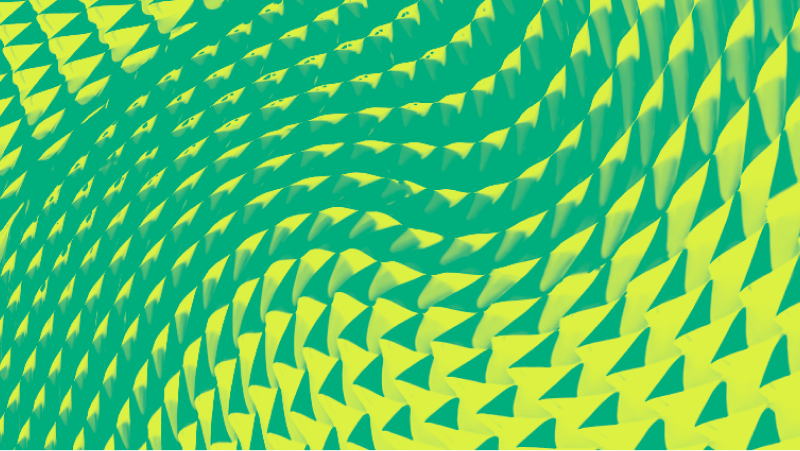Create rough and rapid prototypes to test your concept before going to market. While design doesn’t stop in the circular economy, prototyping will mitigate risk by testing ideas before building out for launch, reducing wasteful product cycles.
Prototyping is a great way to make your idea tangible, get input in a low-stakes environment, and, most importantly, test your product or service before a substantial investment in materials or labour. It’s also useful to gain the buy-in of stakeholders and other partners in your value chain. When they see the tangibility, it’s so much easier for them to understand the concept and potentially commit resources. Build just enough to get the feedback you need and adapt along the way.
Steps
Step 1
Start by clarifying your learning goal. What do you want to learn from prototyping? For example: How easy is my product or service to use? Does it produce any waste? Does it work for the other users in the chain? What will encourage usage? How will we collaborate with partners? Are there clear technological or infrastructure changes we need to test?You may want to refer back to any barriers you identified when you Defined Your Challenge.
Step 2
Then develop an experimentation plan:
What will you test? (See if you can stay focused to reduce the number of variables)
Who will you test it with?
How do you plan to test it?
Step 3
Next, create your prototypes. You can make any number of types of prototypes: models, digital mock-ups, simulations of a service, or storyboards. The goal here is to make something tangible that conveys the idea you want to test. No need to make it perfect, just make it good enough to get the idea across. (Ask yourself, how you'll convey this idea with the least amount of materials possible?)
Step 4
Where will you plan to test it? Remember, you will also need to test your embedded feedback to check whether you are able to capture the data you need for future design loops. Try to simulate as real an environment as possible.
Step 5
Now run the prototype with the people you want to get feedback from. Try to get feedback not just from end users, but all the key stakeholders or users of materials in your value chain. As they experience the prototype, observe how they engage with it. What do they think? What could be improved? Which feedback loop will you focus on first for product launch? Have there been any unintended consequences (e.g. material choices causing problems down the line)?
Step 6
Iterate based on what you learn. Do this as many times as you need to before you feel confident in your product or service, or when you have designed out any negative consequences that are holding back the circularity. Keen to learn more about prototyping? Consider enrolling in IDEO.org's free online course with Acumen.

Circular Design Guide
This page is part of the Circular Design Guide. Get an overview of the project, or dive straight into our activities to help you understand, define, make, and release circular innovations.






